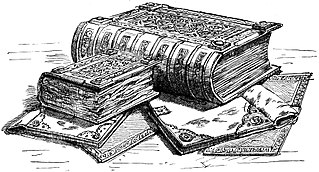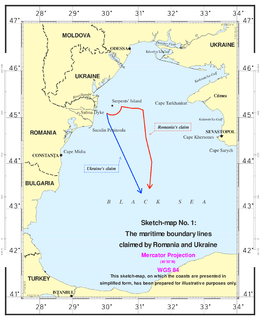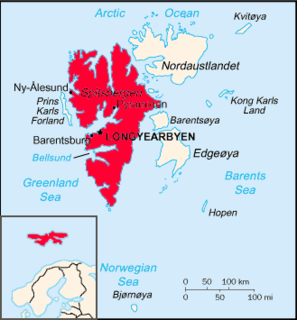
Cameroon's noncontentious, low-profile approach to foreign relations puts it squarely in the middle of other African and developing country states on major issues. It supports the principles of non-interference in the affairs of third world countries and increased assistance to underdeveloped countries. Cameroon is an active participant in the United Nations, where its voting record demonstrates its commitment to causes that include international peacekeeping, the rule of law, environmental protection, and Third World economic development. In the UN and other human rights fora, Cameroon's non-confrontational approach has generally led it to avoid criticizing other countries.

The post of Controller of the Navy was originally created in 1859 when the Surveyor of the Navy's title changed to Controller of the Navy. In 1869 the controllers office was abolished and his duties were assumed by that of the Third Naval Lord who's title then changed to Third Naval Lord and Controller of the Navy. In 1904 his title was changed again to Third Sea Lord and Controller of the Navy. In 1965 the office of the Third Sea Lord was abolished. The post holder is responsible for procurement and matériel in the British Royal Navy.
A cadastre is a comprehensive land recording of the real estate or real property's metes-and-bounds of a country.
Gerald Smedley Andrews, was a Canadian frontier teacher, farm and ranch hand, cook, horse wrangler, engineer and soldier.
Colonel Sir Charles Frederick Arden-Close, was a British geographer and surveyor. He was Director General of the Ordnance Survey from 1911 to 1922. His insistence on attention to detail saw the improvement of many attitudes and methods at the Ordnance Survey. Close's planning saw the production of many maps now viewed as pinnacles in the classic period of map making. He was born Charles Frederick Close and changed his surname to Arden-Close in 1938 so as to comply with a bequest.

A county surveyor is a public official in the United States and the United Kingdom.

The Down Survey was a cadastral survey of Ireland, carried out by English scientist, William Petty, in 1655 and 1656.

Charles Morris army officer, served on the Nova Scotia Council, Chief Justice of the Nova Scotia Supreme Court (1776–1778) and, the surveyor general for over 32 years, he created some of the first British maps of Canada's maritime region and designed the layout of Halifax, Lunenburg, Lawrencetown, and Liverpool. In Halifax he laid out both the present-day down town core and the Halifax Common.

The Case concerning maritime delimitation in the Black Sea [2009] ICJ 3 was a decision of the International Court of Justice (ICJ). On September 16, 2004, Romania brought its case to the court after unsuccessful bilateral negotiations. On February 3, 2009, the court handed down its verdict, establishing a maritime boundary including the continental shelf and exclusive economic zones for Romania and Ukraine.
The Ordnance Survey International and its predecessors built an archive of air photography, map and survey records for the United Kingdom from 1946 to 1999. The Ordnance Survey International Collection held mapping records that were acquired outside the UK.

Brigadier Martin Hotine CMG CBE was the head of the Trigonometrical and Levelling Division of the Ordnance Survey responsible for the 26-year-long retriangulation of Great Britain (1936–1962) and was the first Director General of the Directorate of Overseas Surveys (1946–1985).
The Equatorial Guinea – Nigeria Maritime Boundary Treaty is a 2000 treaty between Equatorial Guinea and Nigeria which delimits a portion of the maritime boundary between the two countries.
The Atlantika Mountains are an extension of the Cameroon line of volcanic mountains, spanning the border between Nigeria and Cameroon. They lie to the southeast of Yola, the capital of Adamawa State in Nigeria, and southwest of the Mandara mountains. In Cameroon, they are part of the North Region. They are north of the Adamawa Plateau and west of the Faro National Park in Cameroon. The massif rises to about 1,300 metres (4,300 ft) above the Faro River, a tributary of the Benue River. The range includes a belt of volcanoes, most of which are inactive.
Pierre-Marie Dupuy is a French jurist. Since 1981 he is a law professor at Panthéon-Assas University, of which he is on leave since 2000. From 2000 to 2008 he was Professor of International Law at the European University Institute in Florence. Since 2008 he works in the same capacity at the Graduate Institute of International and Development Studies in Geneva.
Walter Purvis Smith CB OBE was an English land surveyor notable for being the first civilian Director General of the Ordnance Survey, from 1977 to 1985.
The Maroua Declaration is a 1975 maritime boundary agreement between Cameroon and Nigeria. A question regarding the validity of the agreement arose during an International Court of Justice case that decided a boundary dispute between the two countries.
The Greentree Agreement was the formal treaty which resolved the Cameroon-Nigeria border dispute over the oil and natural gas rich Bakassi peninsula. The dispute had roots as far back as 1913, 1981, 1994, and 1996 armed clashes between Nigeria and Cameroon took place in Bakassi. The dispute was referred to the International Court of Justice and on 10 October 2002 the ICJ ruled in favor of Cameroon.
The North Carolina–Tennessee–Virginia Corners is a tripoint where the states of North Carolina, Tennessee and Virginia meet. Located in the Iron Mountains, the landmark is roughly equidistant between Snake Mountain to the south, and Mount Rogers,, to the northeast.














